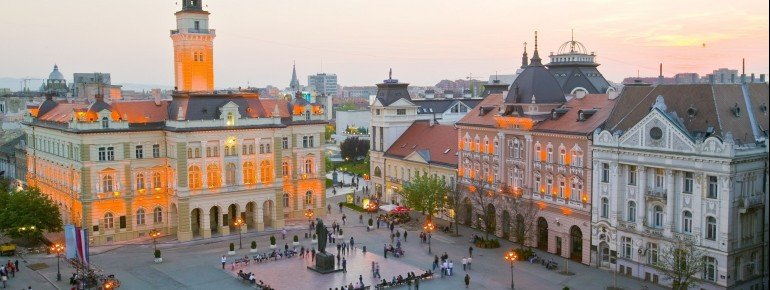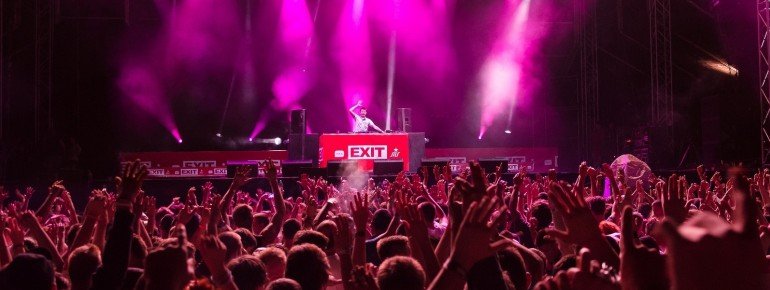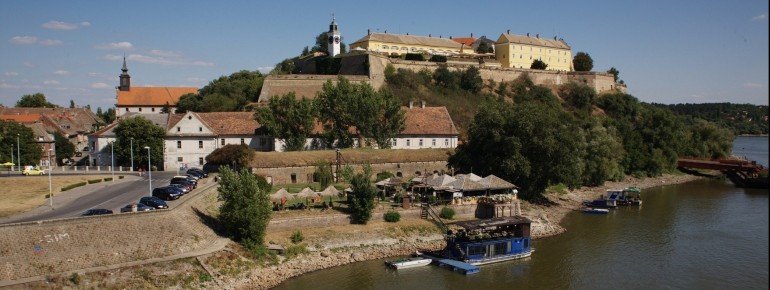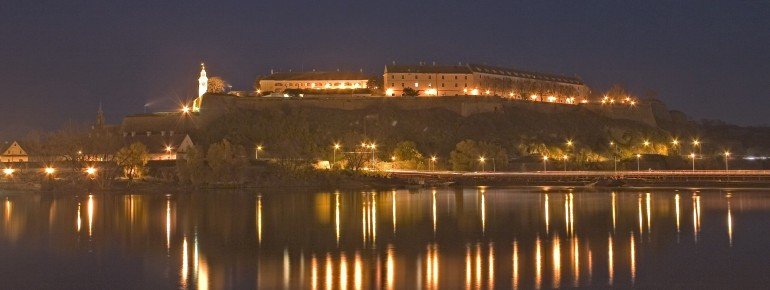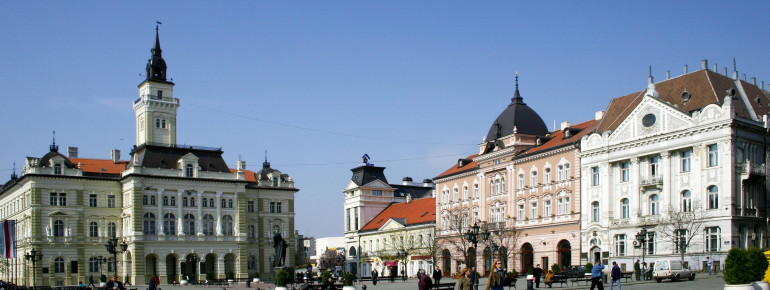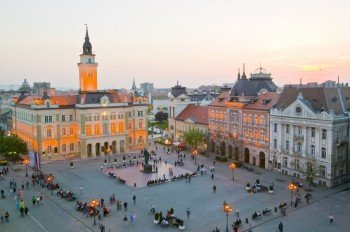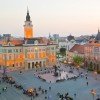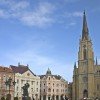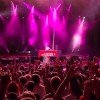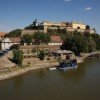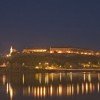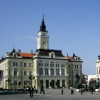Contents
Description
NOVI SAD - in the Serbian language, the word 'sad' means 'plantation', or synonymically 'garden', 'yard' or 'bed of flowers'. The first impression of this city is how well-kept and beautiful it is; many nations have shaped the city's architecture and spirit. Laid-back and surrounded by Fruška Mountain and the Danube, and surrounding fertile lowland, the capital city Vojvodina is a pearl amongst Serbian cities, also called the ‘Serbian Athens’, and the Danube River 'Gibraltar'. It is also home to south-east Europe’s largest music festival 'EXIT', which has earned a global reputation for its diversity and cutting-edge music.
TEN ATTRACTIONS
1. THE QUEEN OF BAROQUE
Monumental architecture, underground galleries and a miraculous maze of tunnels form part of the symbolic Fortress of Petrovaradin. The Clock-Tower plateau offers a panoramic view of the city Novi Sad and the river Danube. Within these surroundings you can find the city museum, the planetarium, and a line of art ateliers.
2. PETROVARADIAN TOWN
The Lower Town of the Fortress with its narrow streets and baroque buildings offers quite a different ambience. Reputable buildings here are the Monastery of St. Juraj, the Church of St. Peter and St. Paul, the Belgrade Gate, the City Hall, the Military Hospital and the birth house of Viceroy Jelačić.
3. THE SQUARE OF FREEDOM
There are three outstanding buildings in the city centre; the City Hall, the catholic Cathedral of Mary’s Name and the monument of Svetozar Miletić. In the churchyard located next to the Cathedral, is the valuable building 'Plava banija' (Eng. Blue Banovina), also the city's cultural centre.
4. UNCLE JOVA ZMAJ’S ZONE
With its multi-coloured houses and palace facades and a network of side streets and passages, Zmaj Jovina and Dunavska streets represent the most picturesque part of the pedestrian zone of the city. This area is where also the Bishop’s Palace, the Orthodox Cathedral Church of St. George and Zmaj Jova High School are located. The Danube River Park - the green island of the city – goes all the way down to Dunavska Street. At the very edge of the park lies the Museum of Vojvodina, and in its vicinity the Museum of Contemporary Art as well as the permanent Natural History Exhibition.
5. MARIJA TRANDAFIL SQUARE
The square, named after the great patron and donor Marija Popović, contains her legacy building, which serves as the principal seat of Matica Srpska, the oldest Serbian cultural institution. Three million books, chronicles, manuscripts and collections of works, such as portraits of well-known citizens - amongst them the portrait of Marija Trandafil - can be found in Matica Srpska. Close to hear are also the churches Nikolajevska and Almaška.
6. GALLERY SQUARE
This small square accomodates, side by side, three of the city's most precious treasures. The Pavle Beljanski Memorial Collection, the Matica Srpska Gallery as well as the Rajko Mamuzić Gift Collection. The Matica Srpska Gallery hosts an exhibition of national art dating from the 16th to 20th centuries. The diplomat and passionate art collector, Pavle Beljanski, donated one of the most significant collections of Serbian paintings of the first half of the 20th century. Furthermore the gallery contains works of the first post-war generation of artists, which were donated by the collector Rajko Mamuzić.
7. JEWISH STREET
The Synagogue, today an elite city concert hall, is a building of astonishing beauty. It is also a memorial to a large Jewish congregation, who suffered a dreadful death during the Second World War. There are specific tourist programs in place to familiarise tourists with the rich heritage of the Jews of Novi Sad. Also located on Jewish Street is the newly built Serbian National Theatre.
8. LAZA TELEČKI’S STREET
Known today for good entertainment, nice cafes and clubs, the street gets it name from a great Serbian actor – Laza Telečki. The ‘L.T. Zone’ is a very popular meeting place if you want to get a taste of the city's nightlife.
9. THE DANUBE RIVER PEARLS
As becomes obvious by the name, the Danube 'river pearls' are the city's great pride. Its well-arranged sandy beach overlooks the Bridge of Freedom. This is also a good place for those who enjoy fishing, as you there also have Fisherman's Island facing the beach. Part of the bank, the quay viewing the fortress, is now urbanized. At this quay you will also find another of the city's symbols, the 'Family Monument', to remind of the civil victims of World War Two.
10. FRUŠKA MOUNTAIN’S TREASURES
The Fruška Mountain National Park is a city resort people go to in order to relax and enjoy the beautiful scenery. Despite most monasteries in Fruška Mountain being situated on the territories of other municipalities, Novi Sad still remains the sightseeing centre from which to see the “Northern Holy Mountain”. Also worth a visit, on the northern slopes of the National Park, are the nearby monasteries of Beočin and Rakovac, as well as Kovilj, also on the territory of the city.
BAČKA LUNCH – GASTRONOMICAL HIGHLIGHTS
The traditional gastronomy of the region of Bačka is found in the Danube csarda restaurants and its farms, where river fish and fish soups are a prepared. A Bačka lunch on a farm is usually eaten slowly and with ease; a menu starts with quince brandy, and is followed by soup and cooked meat and vegetables topped with sauce. This is followed by the main dish and if there is still room, a dessert of poppy strudel, dumplings, or pumpkin pies. Some dishes are also served with the famous 'Futog' cabbage; to accompany these, you can choose from a wide variety of wines produced on the wine-growing hills of Fruška Mountain.
THE MUST-SEE EVENTS
• Music Festivals of Novi Sad – NOMUS, April
• Sterijino pozorje Festival, May-June, Serbian National Theatre
• EXIT Music Festival, July, Petrovaradin Fortress
• Cinema City – International Film Festival, August–September
• International Festival of Street Music Players – IFUS, September
• Futog Cabbage Festival, November, Futog

